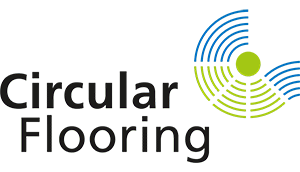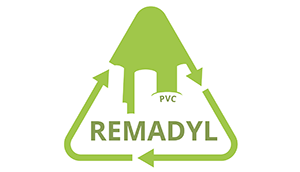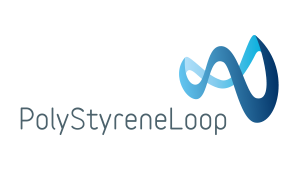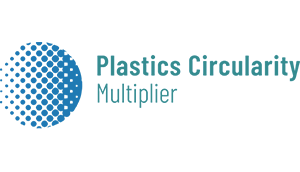PureNano proposes an innovative, low cost, sustainable method for purification of plating baths which will lead to a significant extension of their life that will have as a result decrease of operation expenditures of plating shops, decrease of environmental risks from transportation of spent baths and increase of process efficiency and products quality. It is based in the timely treatment of plating baths with functionalized magnetic nanoparticles (MNPs), that can absorb in their surface the contaminants and chemical species that are accumulated.
CREAToR is project focused on process development and demonstration to remove hazardous, already banned bromine- containing flame-retardants from waste streams using continuous purification technologies: supercritical CO2 and cost-effective solvent-based processes using natural deep eutectic solvents (NADES) in twin-screw extruders. CREAToR will cover the whole value chain, starting from collecting thermoplastic waste streams from building and construction (B&C) and from waste electrical and electronic equipment (WEEE). The project will implement ways to collect secondary raw materials, identify the presence of hazardous flame retardants, remove these contaminants from the materials and finally reuse the materials.
Circular Flooring aims to establish a circular recycling process for plasticized PVC from post-consumer waste flooring. In order to avoid the loss of valuable resources, increased CO₂ emissions and other environmental burdens of waste disposal, it is necessary to establish closed recycling loops for various material streams, as for example PVC floor coverings. Therefore, the Circular Flooring consortium is further developing the CreaSolv® Recycling Process to separate the PVC-resin from post-consumer floor coverings from legacy plasticisers (phthalic acid esters) that are not conform to the EU REACH-Directive.
The REACT project addresses the management of waste acrylic textiles coming from outdoor awnings and furnishing. A crucial issue is the analysis and removal of finishing substances that affect the secondary raw material purity and their management. Then a mechanical recycling process will be implemented to obtain second life fibre and fabrics, which performance will be tested for the best application. A full process to remove hazardous materials on finishing of waste acrylic textile will be investigated and developed, together with a safe utilisation and disposal of removed substances.
REMADYL aims at recycling the so-called “old PVC”, i.e. PVC additivated with hazardous legacy substances (LS) such as low molecular weight phthalate plasticisers (mainly DEHP) and heavy metal based stabilisers (mainly lead). This “old PVC” constitutes most of current hard (e.g. window frames, tubes) and soft (e.g. flooring or cables) PVC post-consumer waste. To tackle this major challenge, REMADYL will develop a breakthrough continuous process based on extractive extrusion technology in combination with novel solvents and melt filtration, which has the potential of rejuvenating ‘old PVC’ into high purity PVC tuned towards the demands of various soft and hard PVC products at market competitive cost.
NONTOX project is a combination of multiple recycling technologies to recycle hazardous plastic waste generated from Waste Electrical and Electronics Equipment (WEEE), End of Life Vehicles (ELV) and Construction and Demolition Waste (CDW). The unique combination of mechanical and chemical recycling technologies imparts several techno-economic benefits over single conventional methods.
The PolyStyreneLoop concept uses the CreaSolv® Technology; allowing for the recycling of construction PS foam and waste and destruction of Hexabromocyclododecane, while recovering the bromine in line with the POP regulations from the Basel Convention. Expanded plastics like polystyrene will be collected, cleaned and compacted at or nearby their place of origin, thus achieving a optimal freight density: a transport cost reduction compared to other current collection systems.
LIFE PlasPLUS revisits the concept of recycling with its holistic approach to simultaneously close the loop for two traditionally siloed material value chains, plastics and minerals, by producing high purity recycled thermoplastics and antimony. These two materials in high demand, notably for the emerging electric mobility sector requiring the increased use of lightweight materials and flame retardants to, respectively, lower energy consumption and increase fire safety.
The initiative seeks to improve value chain collaboration and create cross cooperation between EU Projects. Twenty one innovation projects joined forces to boost European Union efforts towards a circular economy for plastics. In 2019-2020 the initiative aims at showcasing the synergies of EU-funded projects in the field of plastic circularity and coordinating communication and dissemination activities. Other scopes of collaboration related to the common challenges and needs for the successful implementation of a Plastics Circular Economy could be further defined as from September 2020.




